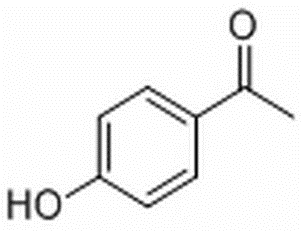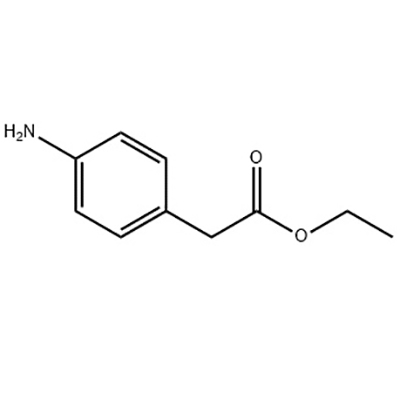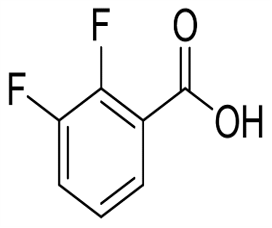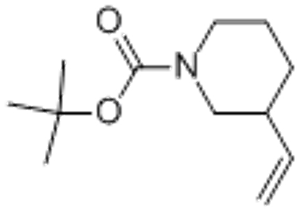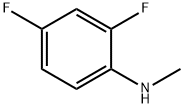4-Methyl-2-nitrophenol(CAS#119-33-5)
| Hazard Symbols | Xi – Irritant |
| Risk Codes | R36/37/38 – Irritating to eyes, respiratory system and skin. |
| Safety Description | S45 – In case of accident or if you feel unwell, seek medical advice immediately (show the label whenever possible.) |
| UN IDs | UN 2446 |
Introduction
4-Methyl-2-nitrophenol is an organic compound with the chemical formula C7H7NO3. The following is a description of its nature, use, preparation and safety information:
Nature:
4-methyl -2-nitrophenol is a solid, white to light yellow crystal, it has a special pungent odor at room temperature. It is almost insoluble in water, but soluble in organic solvents such as ethanol and ether.
Use:
4-methyl -2-nitrophenol is widely used in organic synthesis. Because it has two active substituents, hydroxyl and nitro, it can be used as an antibacterial agent, preservative and peroxide stabilizer. In addition, it is also used in the production of dyes, pigments and fluorescent dyes.
Preparation Method:
4-methyl -2-nitrophenol can be synthesized by nitration of toluene. First, toluene is mixed with concentrated sulfuric acid in the presence of nitric acid and reacted at an appropriate temperature for a certain period of time to obtain a product, which is then subjected to subsequent steps of crystallization, filtration and drying to finally obtain 4-methyl-2-nitrophenol.
Safety Information:
4-Methyl-2-nitrophenol is a toxic compound that is irritating and corrosive. Exposure to it may cause skin irritation, eye irritation and respiratory tract irritation. Therefore, when using or handling it, you should wear appropriate protective equipment, such as gloves, protective glasses and respiratory protective equipment to avoid direct contact and inhalation. In addition, it is a flammable compound and should be kept away from fire and heat sources. During storage and transportation, care should be taken to avoid mixing with oxidants and combustibles. Under improper treatment, it may cause pollution and harm to the environment. Therefore, relevant safety practices should be followed to ensure proper use and disposal of the compound.



